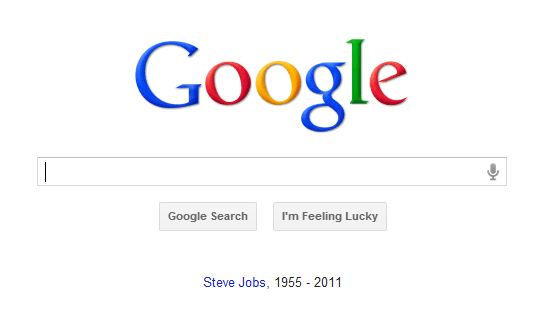Here's a list of the biggest mistakes I've seen business owners make with social media and how to avoid them.
1. Talking One-Way: Many business owners start posting status updates because they think that is all they need to do to grow their company online. But the way they do it cuts off any chance of having a two-way conversation. In today's messaging marketplace, consumers want to be heard. If you are just talking to customers but not letting them to talk back and engage with you, then you are wasting considerable time and effort online.
When you go online and post in a status update area, do not just talk at or to people; speak with them. Tag people in a post and ask them a question. Tagging simple means that you write directly to a person on their facebook wall or on their Twitter feed. On Facebook you put the "@" sign in front of their profile name, for Twitter this sign would go in front of their username.
Also, take a few minutes to stop by the "neighborhood" of each social site that you frequent and say hello, find out what your neighbors are up to, and post a quick reply. By actively engaging in these spheres, you keep your business top of mind.
2. Not Knowing When to Ask for Business: Many online businesses have conducted conversations with their connections for quite some time now, without translating this dialogue into any sales. Some companies fail to ask for business online or they ask too soon. You need to build some rapport first; people will buy from you only as much as they trust you. Set up a rule to convert conversation into clients or customers.
I follow the 3/3 rule, whereby I talk to someone no more than three times, for not more than three minutes on each occasion, freely offering tips, exploring another company's branding or directly helping them, before I ask that person for some business. When I do the asking, I send the prospective customer a closing script or a post to indicate how I can help further.
3. Shiny Object Syndrome: With all the flashy new websites and with social networking capabilities changing by the minute, no wonder you are swept up in checking out a new site or a fresh feature when you go online. Instead of spending countless hours exploring new dazzlers, devote only a set amount of time each day or week to review the new happenings online. Otherwise you will be sucked into a vortex of shiny objects and before you know it your week is over and you have not converted any online relationships into profits. Flag interesting sites or novel capabilities in a folder or on your calendar to revisit later for research and development.
4. Poor Messaging: A consumer can become overwhelmed by dealing with all the wrong messages that are crowding the Internet lately. Company owners are projecting the wrong image through what they say online. In some cases, their posts have absolutely nothing to do with their company, brand, or personality.
Too many entrepreneurs do what I call panic posting -- just posting for the sake of posting and sharing ideas that do not highlight their overall brand image. If you have a serious company, don't post jokes and funny videos; instead post statistics and updates about your company's team members. If your business has a relaxed image, inject humor into your posts; a funny YouTube video can go a long way.
5. Sales Faux Pas: Writing how much your product or services cost in a status update or post is not only a time waste; it is plain wrong. Would you walk up to someone before you have even introduced yourself and say that your latest product is now available at a certain price for a limited time? If so, you would probably end up not only talking to yourself (the person would walk away), but also you likely would lose the entire room of people as customers just from their overhearing your sales introduction.
Instead, try sharing the pros and cons about your industry or product category and ask people to provide feedback and participate. This is a great way to bridge the distance between you and your prospects and get them involved with your company's brand. Ultimately newfound fans will promote you without being asked because they feel included; the fact that you asked and listened goes a long way.
Whether yours is a one-person business or it has 150 employees, take time every month or quarter to examine your social media practices. You could save thousands of dollars and hours -- and have more to show for it.
source:
http://www.entrepreneur.com/article/220099?cm_mmc=Market-_-Outbrain-_-NA-_-NA
 It’s one of the most familiar icons around today and is showing up on sites across the globe as people mourn the death of Apple co-founder Steve Jobs. But, what is the story about the Apple logo. The apple bit is obvious, that’s the name of the company, but what about the bite, the byte?
It’s one of the most familiar icons around today and is showing up on sites across the globe as people mourn the death of Apple co-founder Steve Jobs. But, what is the story about the Apple logo. The apple bit is obvious, that’s the name of the company, but what about the bite, the byte?





